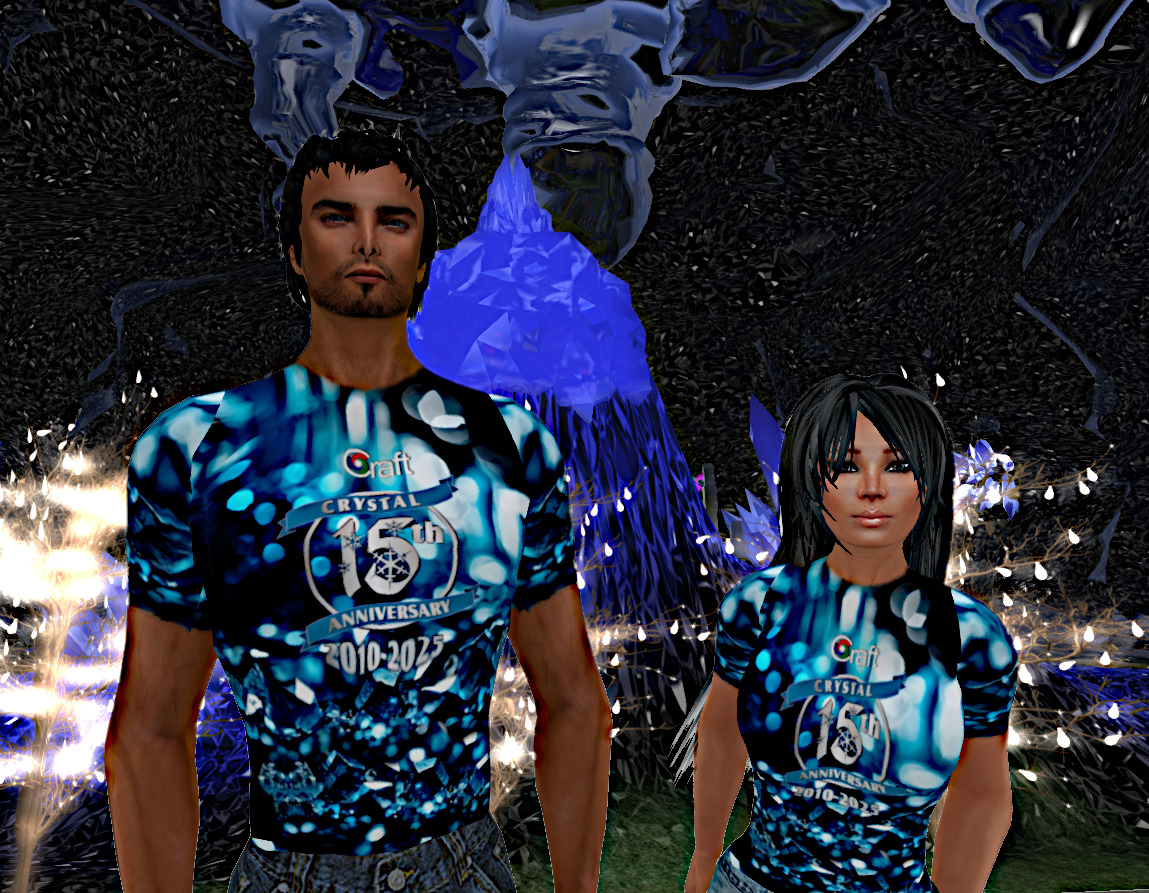IN DIALOGUE – Conversations and debates / IN DIALOGUE – Conversations and debates.
Lorenza Colicigno converses with Licu Rau a.k.a. Raffaele Macis, the owner (proprietor) of Craft World, grid (grid) that celebrated its 15th birthday on January 27, 2025.
(in the cover photo: Licu Rau and Tao Quan, owners of Craft World)

Lorenza Colicigno
In a virtual world, in the metaverse in its various forms, the identity, of which each person is the bearer, seems to be blurred or even nullified by the avatar, which, even in its different and multiple more or less realistic versions, available in dedicated stores – or made on its own, knowing how to do it -, however “personalized” it may be, does not lose its characteristic of serial “figurine.” It is enough, however, to penetrate the streets of sims (simulators), meet their inhabitants, and converse with them to understand what Giuseppe Granieri meant in 2009, speaking of “Humanity Raised” in his essay of the same name. And it is precisely to corroborate this idea i.e., of an empowerment of human identity made possible by the virtual, that we will begin a series of conversations with new or long-standing avatars, to explore their experiences and confront the digital identity that is now consciously or unconsciously integrated with our natural and social identity.
We could only begin this series of conversations with the owner of Craft World, Licu Rau a.k.a. Raffaele Macis, whom we asked what motivated him, exactly 15 years ago, to start this Grid with such an inviting name: Craft, a friendly world. The first question is meant to answer the curiosity of those who would like to entertain us about Craft World’s beginnings. We just have to give the floor to Licu/Raffaele.
I started Craft World by accident, after learning about OpenSimulator in 2009. I put a region in OSGrid, then discovered Cyberlandia and moved my regions there. When Cyberlandia closed in 2010, Craft had only been born a few months, so I took over its legacy by giving ‘asylum’ to its users.
From the beginning every decision, every community facility, and every tool was planned and built by Tao Quan and me together in a fruitful confrontation where 1+1 did not give 2 but 4.
Initially, the grid was a meeting place for a sociable and visionary community, but soon there was a strong interest from many users to develop content and tools in the area of art and education. This provided new motivation to invest time and resources in this platform.
These people were mostly fleeing Second Life because of the high costs of that platform, so I decided to ease their way into OpenSim by charging special fees and developing tools for teachers such as a teacher panel for student management and special school regions that protected underage students.
This is a bit of Craft history through the images of some of my sims. This is Opera, my first eternally unfinished sim.

La mia prima casa sotto il Palazzo dei Congressi di Sinus
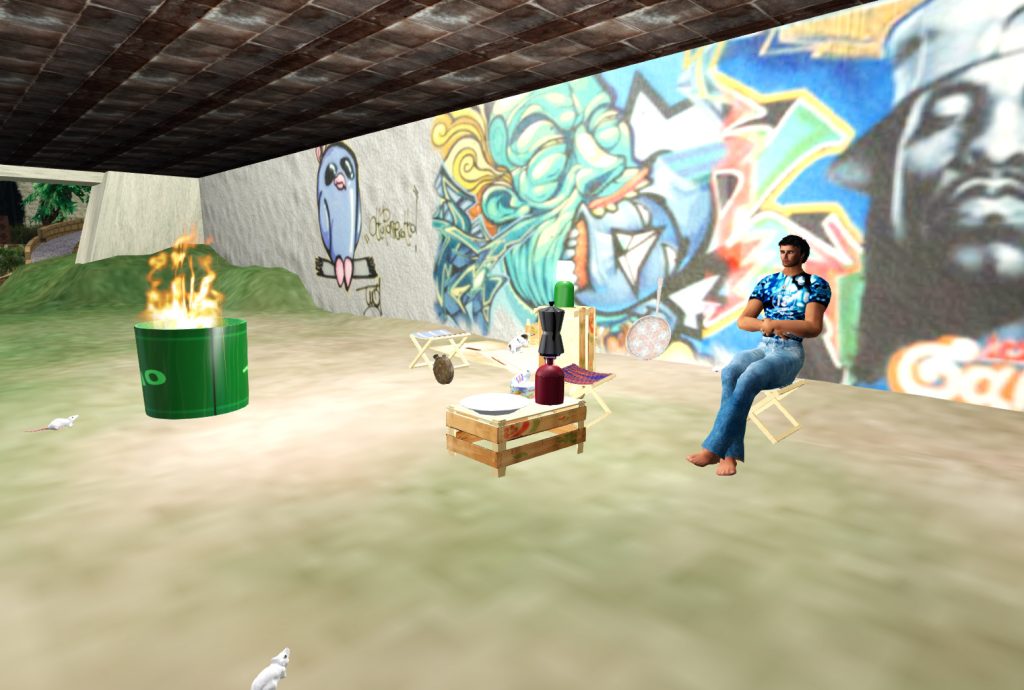
Historic architecture, Tao Quan’s first house now over 15 years ago.
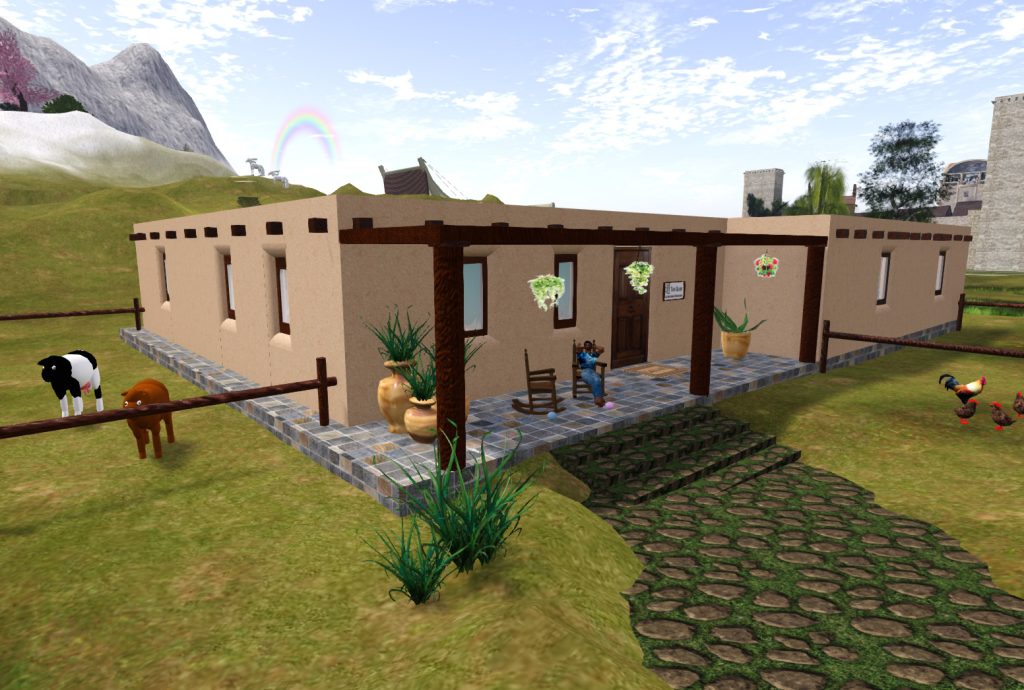
Lumier Noir was one of the first 4 ‘citizens’ of Craft. Builder of the Ivory Tower in Second Life where many learned to work with prims. Ivory City is the tribute that Tosha Tyran wanted to give him after his death.
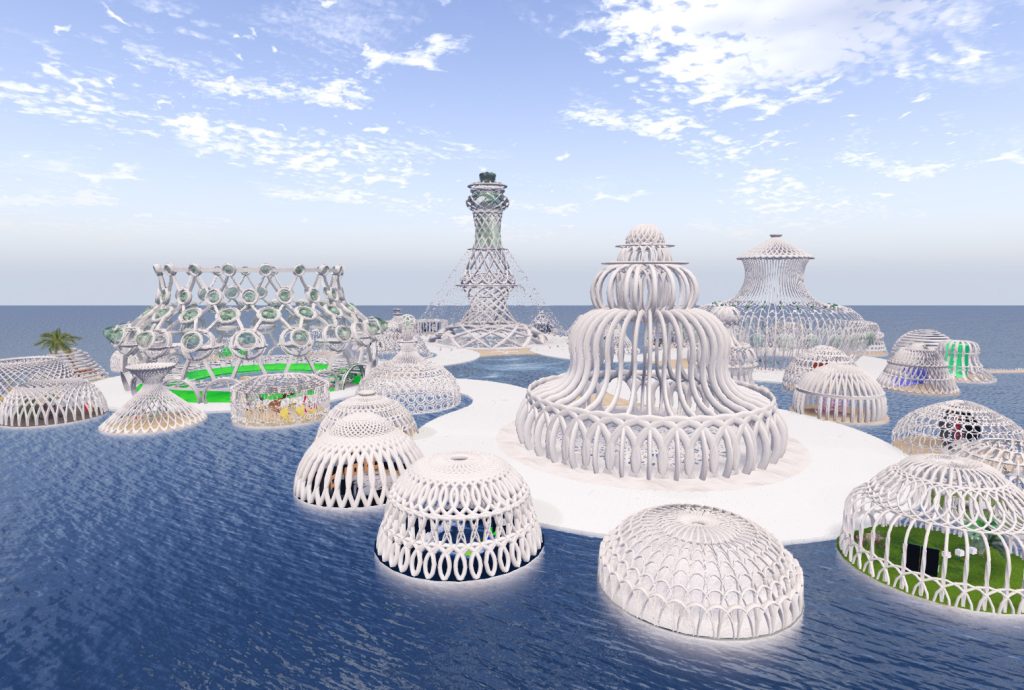
Built in the style of Lumiere, there is also a 4-language pathway in Ivory City where independently you can learn how to build.
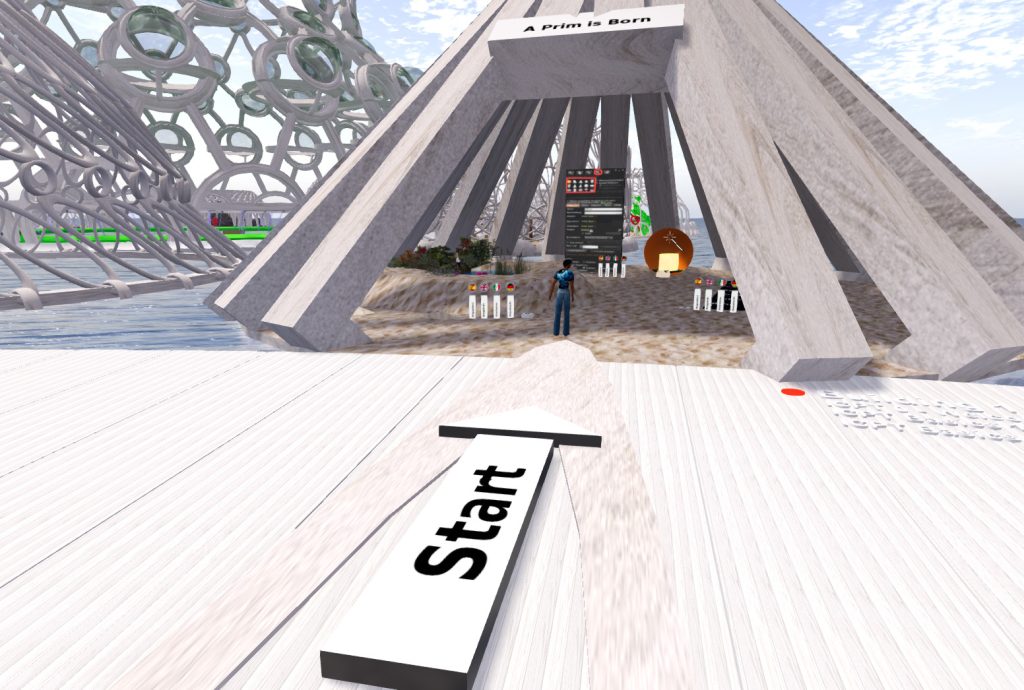
Over time, how has this world of yours grown, which, born by accident, as you say, is demonstrating stability that requires intention and, I would say, passion?
Over time the community has changed, and the people active today are only partly those of the initial community. Meanwhile, new administration tools were being created for those who rent regions, and those who could not afford to spend money were also allowed to have their own land (in this regard, the free plots of land, currently suspended, will be reactivated soon on a new basis). Hosting realities such as schools and art and other social initiatives ensured that this virtual world was not an end in itself, a place of alienation for ‘masks in search of an author,’ but a technological communication tool to support initiatives and processes related to the ‘real’ world.
What ‘vision’ of reality and the virtual expresses Craft World? How and how much do its many inhabitants/avatars help to make it precisely visible, translating it into constructions of meaningful environments and events?
Personally, and in this context, my vision is that of a ‘reality’ that dissolves and recasts itself in the ‘virtual’ in new forms, having the possibility of accessing new situations, such as the ease of contacting and collaborating with people who are not close in real space, or that of being able to give 3d form to the imagination without the limitations of resources or even of the physics of the real world. So a vision of an experiential world, adding new experiences and, I hope, also new awareness to one’s experience. Craft itself as a grid does not express a single vision of reality and the virtual, rather it expresses as many visions as the visions of its users who are the true creators of the grid.
Our merit as administrators of Craft has perhaps been to sponsor, within the limit of our resources, projects capable of gathering and amalgamating people, regardless of the specific field of the project itself.
This year you celebrated 15 years of Craft, what future do you see for this Grid of yours, taking into account the speed of innovations in the field of virtual and immersiveness?

Craft World 15th Anniversary Celebration in the Jubilee Space
The future of this platform compares with some other virtual environments, which are sometimes favored for visor use or because they are easier to use in a meeting or conference setting. However, these are environments that are something other than a virtual world and are intended for limited use.
As far as viewers are concerned, they are excellent where one wants to give immersive tours of reconstructions in architectural, museum, and even fictional settings if you will.
A virtual world, by contrast, places the emphasis on building and socializing. The virtual world is born empty and it is the user community that fills it with content by accessing it at any time from anywhere in the world. The internal prim-based editor and the ability to create scripts without using tools external to the platform also make it a powerful teaching tool where students can be an active and not just passive part of the educational process.
Lectures and reconstructions are always possible in OpenSim, which among other things offers detail regarding avatars and buildings often superior to other platforms, limited only by the possibilities of the server, connection, and graphics card of one’s pc.
Do you not consider OpenSim, and Second Life from which OpenSim is derived, sufficient to access Second Life, today a PC equipped with a gaming video card beyond entry level is needed to have graphics at their best. However, it is also a system that proves to be ‘democratic’ because it allows access even to those with non-performance machines as long as they configure elementary graphics.
These considerations suggest that this platform is currently unique in features and potential and will still have its own important place among virtual environments for years to come.
Basically, what are you working on to improve Craft?
With regard to OpenSim and Craft specifically, it is important to make ourselves independent of external services (particularly voice) and to put more emphasis on security (there are numerous and continuing attempts to attack the various grids, including Craft).
Right now Craft is going through a ‘restructuring’ phase due to various version changes in OpenSim and having to migrate to a newer server or cluster of servers. Due to the fact that Craft is a very structured grid, with self-developed grid and region administration systems, this process will happen slowly over the coming months.
Thank you, Licu/Raffaele, for leading us into the history of Craft World. We will have another opportunity to talk about it, continuing on the path that the grid population, always grateful for your hospitality, will continue with you.

